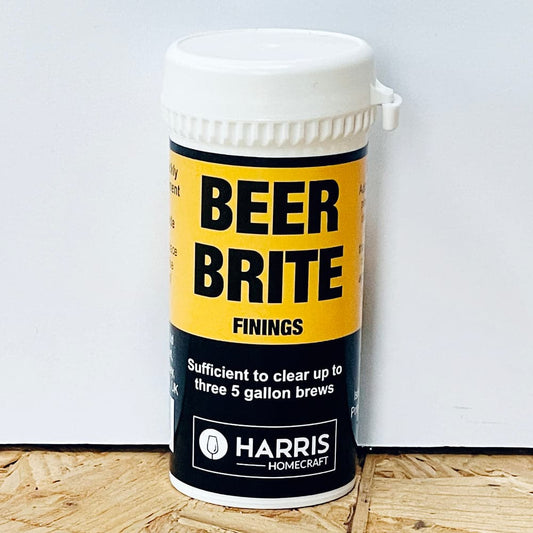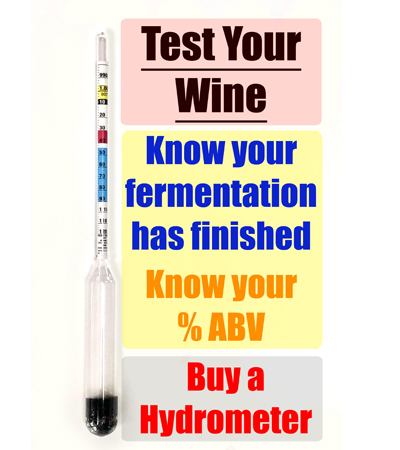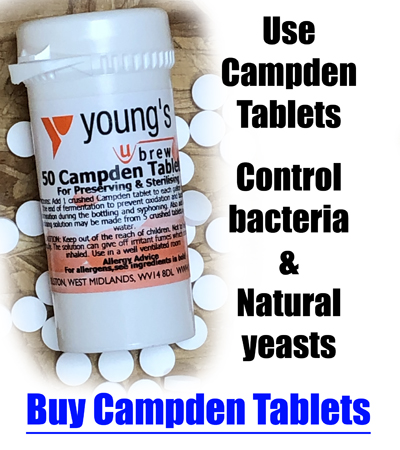Pear Wine Recipe
We all know of Pear Cider or Perry as it's oficially called. This can be quite strong in flavour and pretty sweet as pears have some sugars in them that the yeast can not eat. However, if you are not a perry fan, then try making pear wine. Very different to perry.
A naturally slightly sweet wine, that tastes a bit like pear drops with a nice crisp dryness to balance the pears natural sweetness.
Ingredients
To Make Pear Wine, You will need:
- 4-6lb of ripe pears
- 1kg Brewing Sugar
- 350g Granualted Supermarket Sugar
- 6 pints of cold tap water.
- 1 lemon
- 1 teaspoon of pectolase
- 1/3 teaspoon malic acid
- 1/4 teaspoon tartaric acid
- 1/3 teaspoon of tannin
- White Wine Yeast
- Yeast Nutrient
- Campden Tablets
- Fermentation Stopper
- Finings
Method
Now you have all of your ingredients to make pear wine, just follow our simple method and you will get an amaging wine that has it's own natural sweetness.
1 - Rinse your pears to remove any dirt.
2 - Chop them up into 1 inch cubes and add them to a fermenting bucket.
3 - Sprinkle on the juice of 1 lemon and 1 teaspoon of pectolase. Stir, cover and leave for an hour.
4 - At the same time, draw off 6 pints of cold tap water and allow to come up to room temperature.
5 - Once the hour is over mash up the pears with a potato masher.
6 - Add the water to the pears. stir and take a sample to take a hydrometer reading.
7 - Pears have a lot of sugar in them, so you'll need to read your hydrometer and see how much more sugar you need to add to bring it up to 14%. 14% seems high, but pears have sugars that yeast can not eat, so we need to go higher than normal to make a wine that will finish at about 12%. Ideally you want a reading of 1.088.
7.5 - Mix the sugars together and add in the sugar 250g at a time, stirring and then taking a hydrometer reading, until you reach the desired gravity of 1.088.
8 - Add in your acids, tannin and yeast nutrient and stir.
9 - Sprinkle over the white wine yeast, put the lid on loose.
10 - Put in a warm place 18-22C for 7 days.
11 - Take a look on day 4 and if all the pear pulp is floating on the top, with a sterilised spoon, gently stir the pulp back in. Replace the lid and leave to ferment.
12 - After 7 days, strain the liquid into a Demi-John Squeezing the pulp to get all the juice out.
13 - Put the Demi-John in your warm place and leave to ferment for 2 more weeks.
14 - Take a sample of the wine and with your hydrometer, check the specific gravity. It should now be below 1.010 and ideally around 1.000.
15 - To be sure it has finished fermenting, only a handfull of bubbles should pass through the airlock in 24 hours and if you can, take a hydrometer reading for 3 consecutive days it should be the same reading.
If it has not reached this level yet, put the airlock back in and put back in your warm cupboard for 1 more week. Then test again.
16 - Once the fermentation has completed and no more air bubbles are passing through the airlock, rack (siphon) the wine off the sediment into a clean, sterilised demi-john, being careful not to disturb the sediment a the bottom.
17 - Add the fermentation stopper and 1 crushed campden tablet (per 4.5 litres) to the wine and replace the airlock.
18 - Swirl the wine around in the demi-john. You will notice lots of bubbles and gas being released. This is trapped CO2. This needs to be removed to aid the clearing process.
19 - Swirl the wine around in the demi-john 3 more times, swirling for 30 seconds and then leaving to settle for 5 minutes.
20 - Put the demi-john somewhere cool and where it won’t be disturbed for 2 days (preferably below 18°C) to allow the Fermentation Stopper to kill any remaining yeast.
21 - After 2 days, add the Finings (as per the instructions on the packet), then put the demi-john somewhere cool and where it won’t be disturbed for 2 weeks (preferably below 18°C) to allow the wine to clear.
22 - Once clear, take the final hydrometer reading. This will tell you the proof of your finished wine.
23 - Rack off the sediment to a clean sterilised bucket or demi-john.
24 - Bottle and ideally leave for 3 months for its full flavour potential to be reached, but it is also great for drinking after just a month.
-
2 Handled Wine Bottle Corker
Regular price £15.73Regular priceUnit price per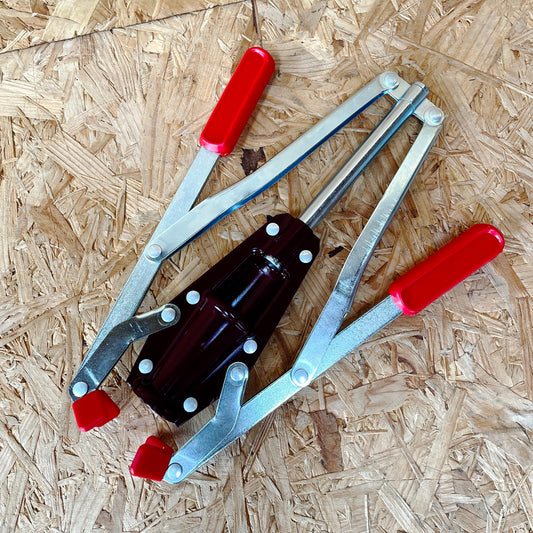
-
CLEAR IT Wine & Beer Finings
Regular price £5.66Regular priceUnit price per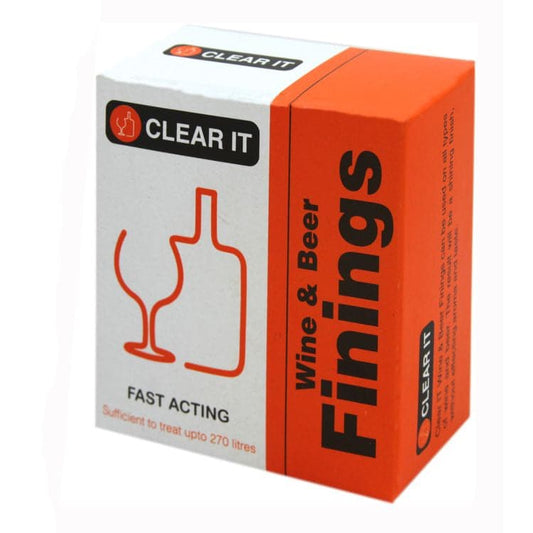
-
10 Litre Youngs Fermentation Brewing Bucket & Lid
Regular price £7.79Regular priceUnit price per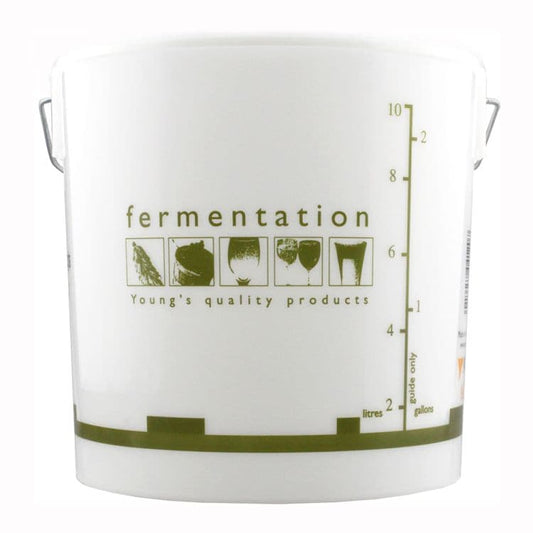
-
Harris Mk3 Vinbrite Wine Filter Kit with Filter Papers and Pads
Regular price £27.41Regular priceUnit price per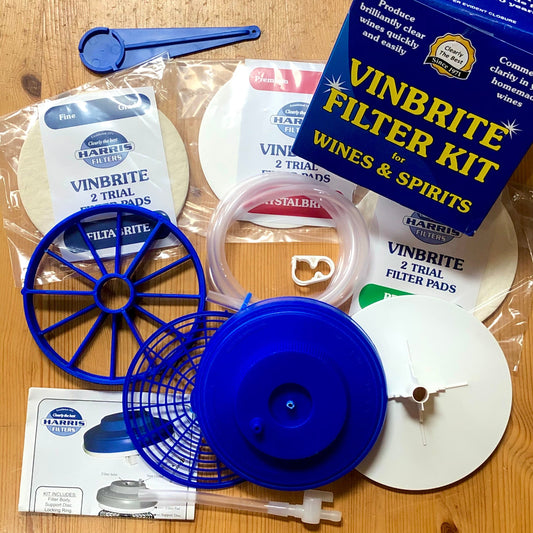
-
Demi John - 5 Litre Plastic with Cap and Rubber Seal (for airlock)
Regular price £2.95Regular priceUnit price per£3.79Sale price £2.95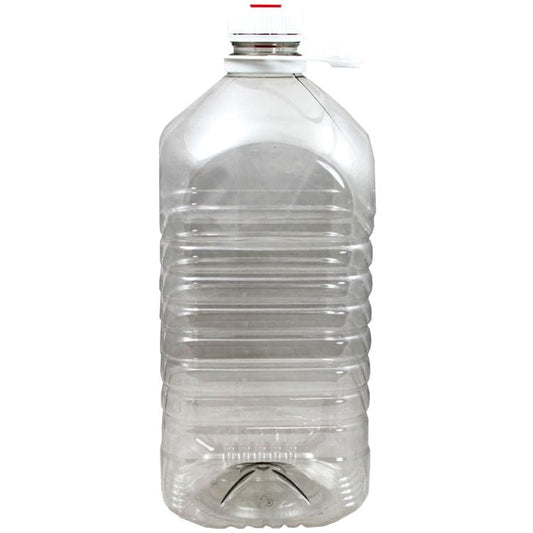 Sale
Sale -
Large Mashing - Sparging - Straining Bag
Regular price £12.95Regular priceUnit price per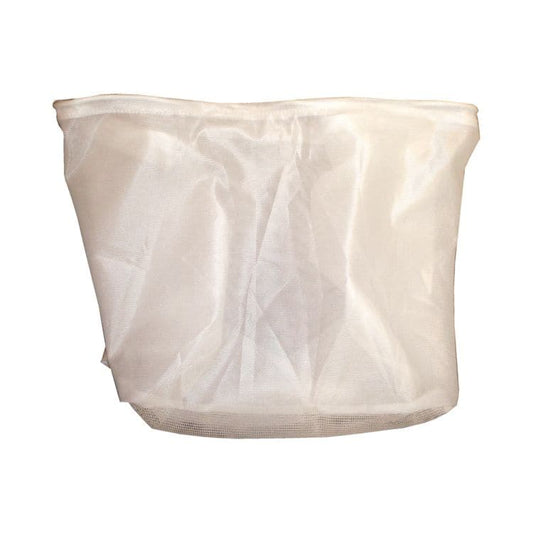
Cheers & Happy brewing.
Home brewed wine can be very strong, so remember to drink responsibly.
-
Acid Blend Wine Enhancer - 100g - Harris
Regular price £3.50Regular priceUnit price per
-
All Purpose Red Wine Yeast - 5g - Youngs
Regular price £1.50Regular priceUnit price per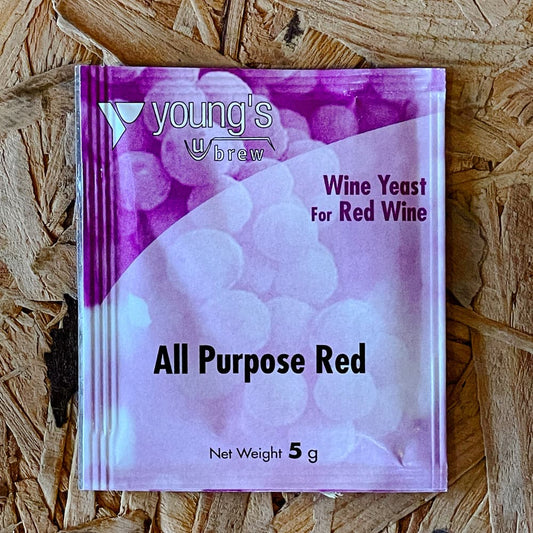
-
All Purpose White Wine Yeast - 5g - Youngs
Regular price £1.50Regular priceUnit price per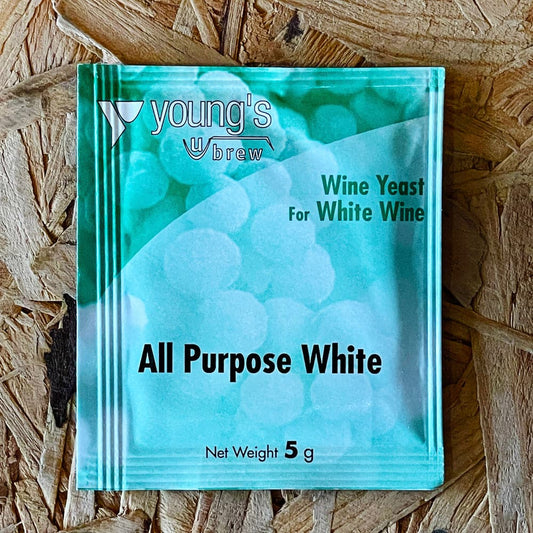
-
Amarillo T90 Hop Pellets - 50g - 100g - 500g - 1kg
Regular price From £2.99Regular priceUnit price per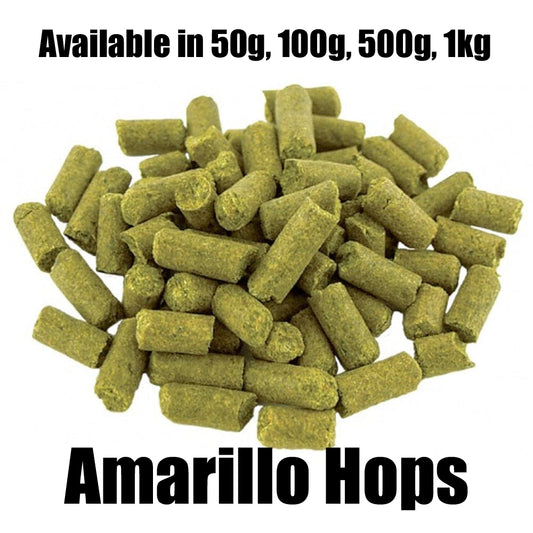
-
Amber Malt - Crushed - 500g - Warminster Maltings
Regular price £1.35Regular priceUnit price per£1.50Sale price £1.35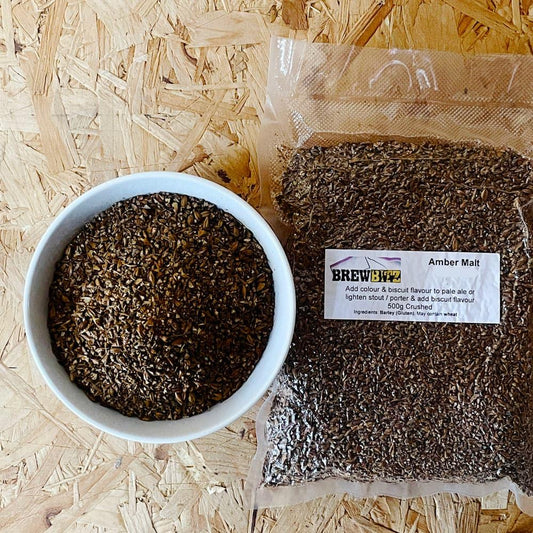 Sale
Sale -
Beer Brite - Clearing Isinglass Finings for Beer - Harris
Regular price £3.75Regular priceUnit price per